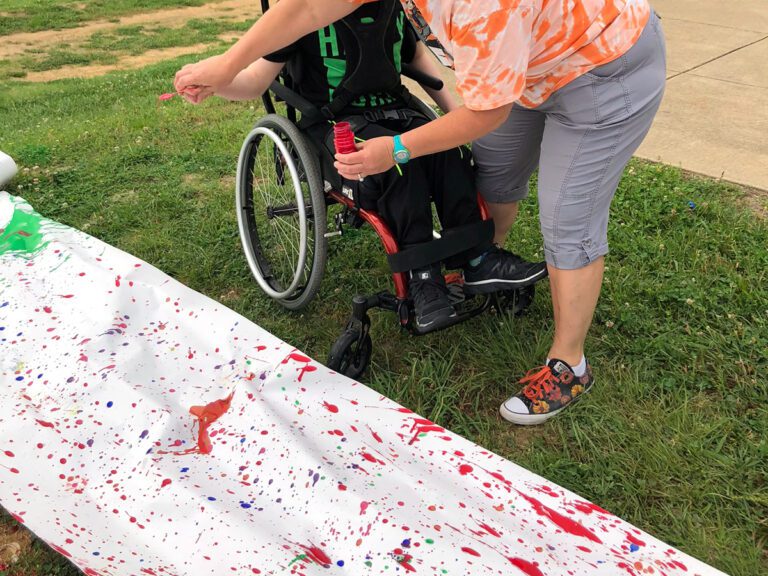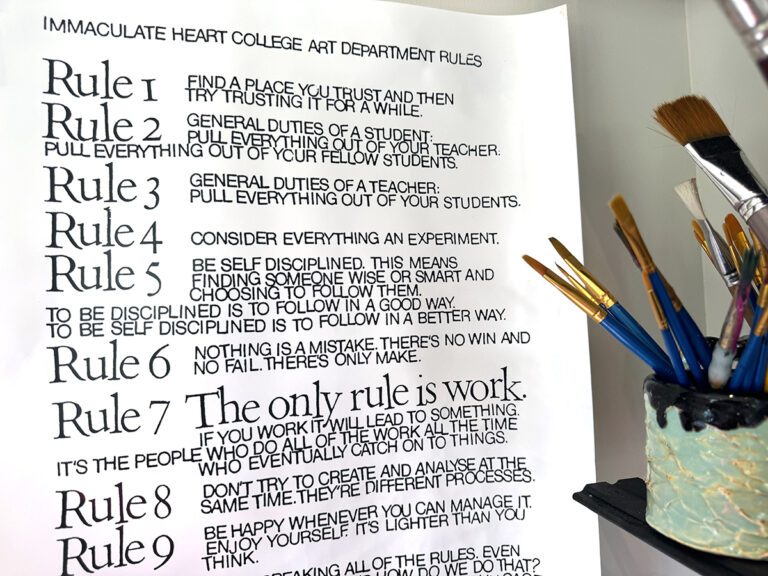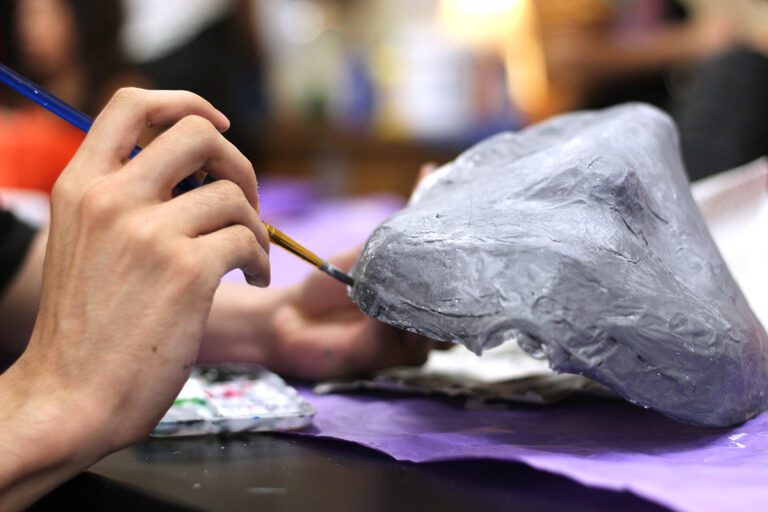Many teachers, schools, and districts are buzzing about I CAN statements. What is all the hype and are they really worth integrating into your classroom? The decision is ultimately yours, but here is a little look into my experience with I CAN statements and how I used them to enhance my curriculum and my teaching.
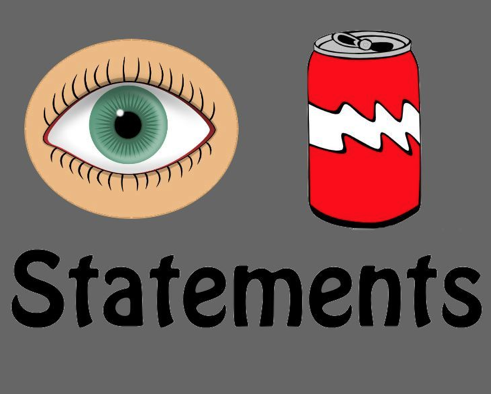
What is an I CAN Statement?
In a nutshell, I CAN statements are simple sentences designed by the art teacher or art department. They break down lofty objectives into learning targets that students can read and understand. So, while they are based on standards or learning objectives from the curriculum, they are written in student-friendly language.
Let’s look at an example.
Below you’ll see a standard as well as three I CAN statements that go with it. It is ok to have more than one I CAN statement per standard.
Standard: The student will draw based on observation.
I CAN Statements:
- I CAN draw a contour line.
- I CAN identify positive and negative space.
- I CAN draw what I see.
The neat thing about I CAN statements is that if they are used consistently and accurately, they can help students become more responsible for their learning and more reflective of their own work. I CAN statements also easily transition into assessments and allow for students and teachers to have a better discussion of their work.
What I CAN Statements Look Like in My Classroom
I began with a list of I CAN statements designed to match my curriculum for each grade level. (Feel free to download a sample of my list below.)
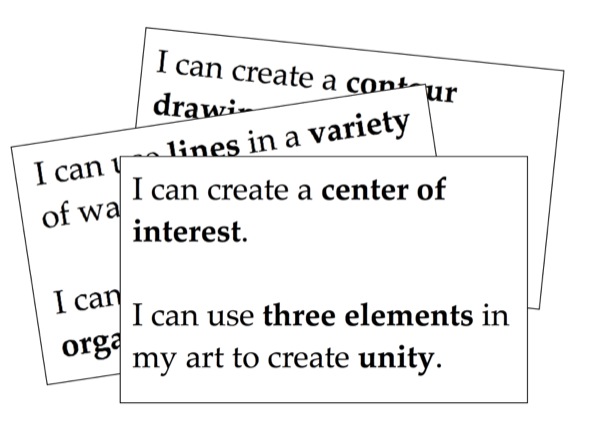 I printed out a copy to keep handy while I was lesson planning. I also had all my I CAN statements printed and laminated in large, color-coded strips. It is a lot of printing, but laminating makes sure I will have them to use for years to come.
I printed out a copy to keep handy while I was lesson planning. I also had all my I CAN statements printed and laminated in large, color-coded strips. It is a lot of printing, but laminating makes sure I will have them to use for years to come.

Some teachers prefer to write I CAN statements on the board, possibly under a catchy sign like this one.

My whiteboard space was a hot commodity, so I came up with a different method. I had two large, metal doors in my classroom, so I made a space for each grade level and posted new I CAN statements each week using magnets. I kept the grade level space constant throughout the year and referred to them often throughout each lesson.
If you’d like to walk through creating your own I CAN statements, be sure to check out the AOE Course Designing Your Art Curriculum. You’ll be able to build your curriculum documents to reflect your philosophy of teaching as well as your district, state, and/or national standards.
In my case, as I designed my digital lesson plans, I included I CAN Statements at the bottom and ticked them off my printed list. This way, I knew what statements to pull for the following week, and I was able to keep a running record of which statements I had used.
I referred to the I CAN statements as I walked around the room during work time. Including these statements in discussions of their work helped students focus on the goal and the “why” behind each lesson. The I CAN learning targets were also included in the short printed summaries that my younger students glued to the back of each work.
Students in grades 3-5 completed a self-reflection at the end of each lesson that included the I CAN statements. Feel free to download a sample self-reflection form like the one below. Students simply glued this reflection to the back of their project before turning it in.

In my experience, I CAN statements are a nice fit. They are simple statements that bridge the gap between curriculum planning and the daily art room experience. As a bonus, they can also be used to enhance communication with students and parents. The learning is right there, broken down, and easy to follow and understand.
How do you use I CAN statements?
What are some ways you are making the learning targets clear to your students?
Magazine articles and podcasts are opinions of professional education contributors and do not necessarily represent the position of the Art of Education University (AOEU) or its academic offerings. Contributors use terms in the way they are most often talked about in the scope of their educational experiences.

